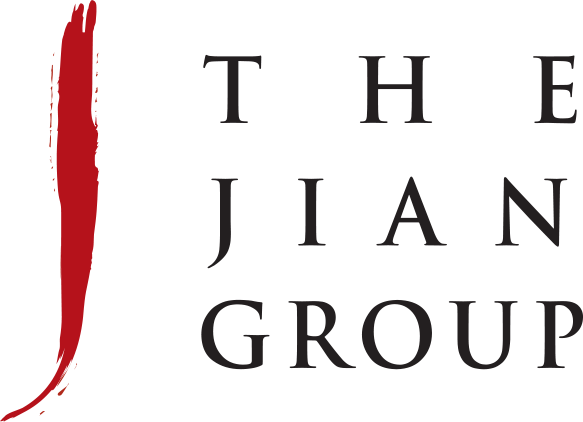Size brings a dealer certain advantages, but a smaller nimble company can still dominate
Article by Michael Turner originally appeared here in ProSales Magazine.
A Google search indicates more than 400 articles have been written on the subject “Is Bigger Better in the Building Materials Industry,” and various building material supplier meetings have featured panel discussions on this same subject. So rather than give our opinions, we’ve come up with eight things to keep in mind so that you can decide on your own.
- Large companies can certainly utilize their combined buying power to purchase materials at a cheaper cost. We have seen considerable cost savings in truss manufacturing, volume rebates, commodity products such as drywall and roofing, and millwork. Such buying power could result in a 100-basis point improvement in gross margin or a 4% to 5% cost savings, which in a competitive market can be decisive in winning a job or project. However, a common offset to such buying power cost advantages are the corporate overhead expenses of bigger companies.
- We believe building materials is a local relationship business where a $25 million-dollar revenue independent could have more market dominance than a $6 billion industry behemoth.
- Overhead costs for expenses such as insurance and employee benefits are less in larger companies. Our experience indicates that large companies benefit from a combined employment base and multiple facility insurance coverages when viewed on a per-capita or per-location basis.
- Information Technology is more robust in larger companies, where expenses can be leveraged over multiple locations. Such systems are mostly “one size fits all.” They include delivery routing, fleet tracking, and live dashboards to monitor gross margins, employee efficiencies, accounting statistics and a host of daily information. The question, however, is the applicability and efficiency of such systems with smaller companies.
- Financial performance is a primary indicator when discussing “Is Bigger Better?” Standard & Poor’s average EBITDA (earnings before interest, taxes, depreciation and amortization) margin in a traditional business cycle is between 5% to 9% for building material distributors and 9% to 18% for general building material manufacturers. A June 2017 analysis of publicly traded companies indicates a median average EBITDA of 6% for building material distribution and 14% for manufacturers. Many of our independent distribution clients exceed these averages and our clients in manufacturing have been in the upper tier of such averages. Compare you own performance numbers to the averages above and determine for yourself if “Bigger is Better” when it comes to a financial performance indicator.
- Bigger companies have multiple locations which provide an advantage when servicing customers in multiple markets. Smaller independents are at a disadvantage in servicing the needs of a multi-market builder who expects and is enforcing a national agreement.
- As the big builders continue to get bigger, their requirements and service levels from distributors and manufacturers also grow exponentially. Does this indicate that big builders favor dealing with big companies to satisfy their increasing demands?
- The average EBITDA multiple for publicly-traded building products and material companies fluctuates around 11X. Depending on the market segment, independents are typically valued in the 4X to 8X range.
So is “Bigger Better” in the building material industry? You decide. The Bigs benefit from investing capability, recruiting new talent, risk profiles, access to capital, market strength, and ideation. However, there also are many successful independents who are nimble, fast, profitable, and good at whey they do.


